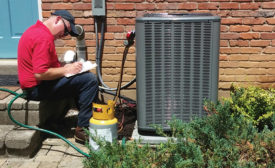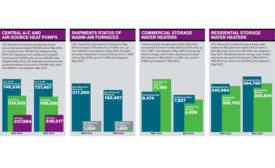Home » HVAC sales
Articles Tagged with ''HVAC sales''
Small and medium commercial buildings represent the majority of buildings worldwide
Read More
Global A/C Market to Reach $167B by 2024
Transparency Market Research report outlines market values
August 15, 2016
Contractors Prepare to Cash in on IoT Buzz
Selling features will include better efficiency, comfort, safety
Read More
Warranties Convey a Sense of Security
HVACR contractors benefit from offering extended warranties to customers
Read More
Copyright ©2024. All Rights Reserved BNP Media.
Design, CMS, Hosting & Web Development :: ePublishing













